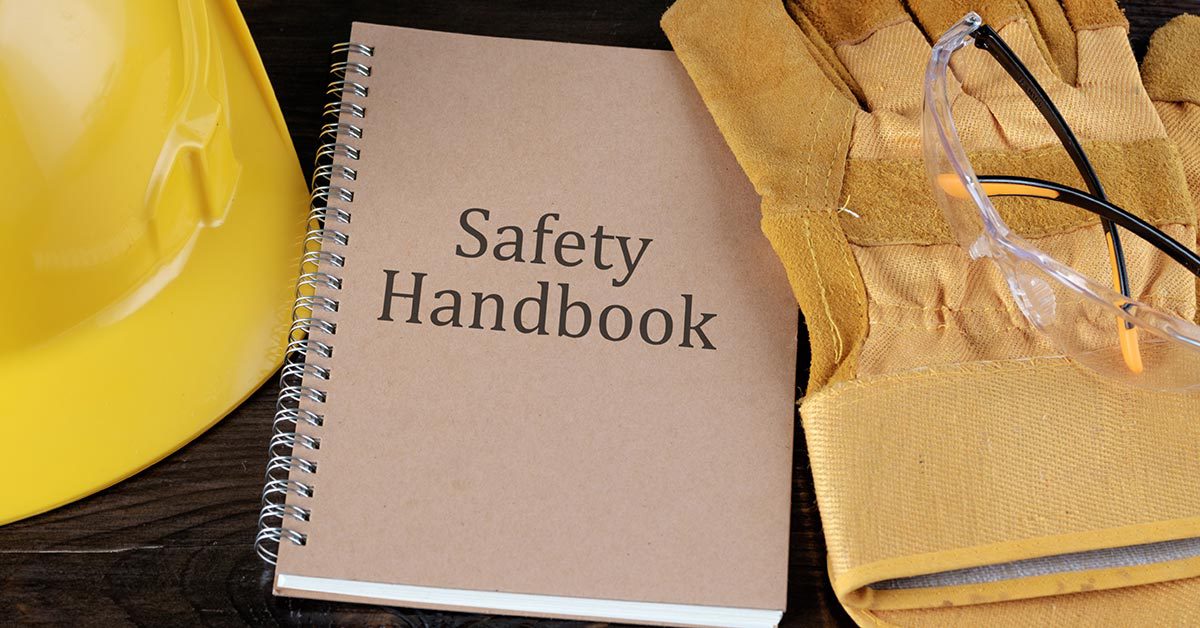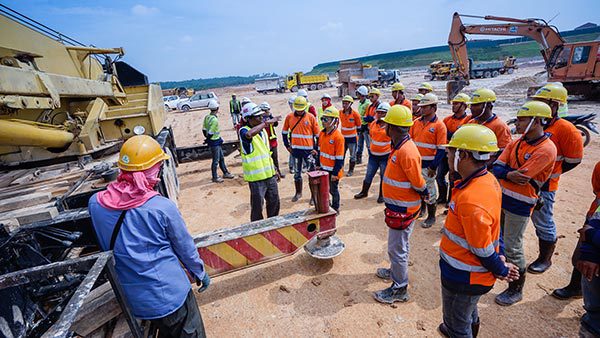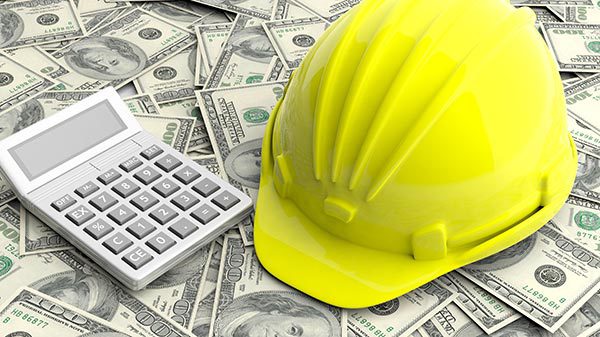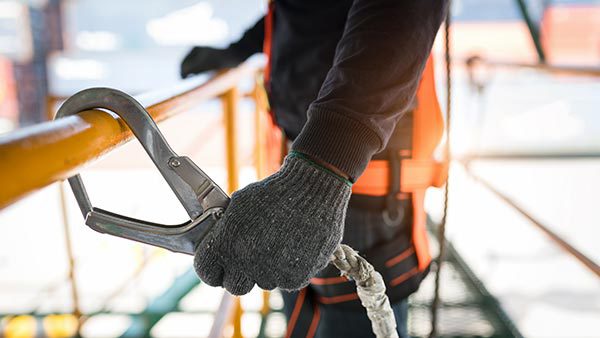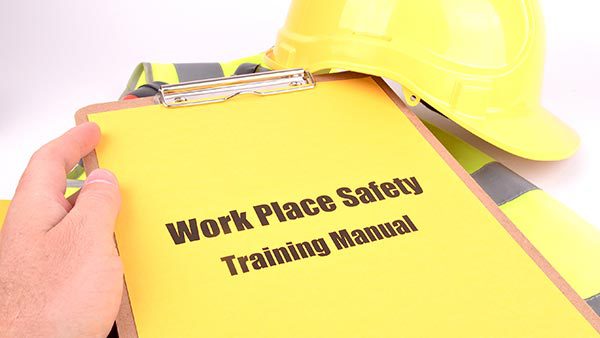Construction safety training is pivotal to compliance with the Occupational Safety and Health Administration (OSHA), which develops standards for a safe and healthy workplace. The agency’s guidelines and protocols are only effective when those in construction jobs get training, so best practices can be put into action at each job site.
Table of Contents
OSHA Construction Safety Training: Why Is It Important?
Like anything in business, though, we need to know why it should be a top priority, especially if we want to get organization-wide buy-in. Why is OSHA safety training important in the construction industry? Here are the 10 top benefits of OSHA:
Benefit #1: You keep people from getting hurt and sick, and you may even save lives.
Edward L. Taylor, the executive director of the Construction Industry Research and Policy Center at the University of Tennessee, studied OSHA construction training for a 2015 report. Using the Bureau of Labor Statistics data, the study found that fatal injuries were significantly lower in states that had adopted mandatory OSHA training.
These results align with information directly from OSHA:
-
The agency reports that workplace deaths in the United States are down an incredible 63 percent since prior to the passage of the safety and health law: a decline from 38 to 14 worker deaths per day from 1970 to 2017.
-
Illnesses and injuries have plummeted even more dramatically over the same period, falling 74 percent: 2.8 percent of workers experienced these incidents in 2017, down from 10.9 percent in 1972.
Benefit #2: OSHA construction safety training maintains your compliance.
While keeping people safe and healthy should be a value espoused by every company, OSHA construction safety training requirements are built into federal law. OSHA training became necessary to business compliance with the passage of the legislation that created the agency: the Occupational Safety and Health Act of 1970 (the OSH Act).
The law guarantees the right to a safe workplace for anyone working in the United States. In order to avoid expensive lawsuits and federal violations, companies bear the responsibility for maintaining safety on job sites and for providing comprehensive OSHA construction training.
Benefit #3: You align yourself with public safety.
Construction workers are not the only ones who could become hurt because of safety protocols not being properly followed. Any person who is nearby is put at risk, such as motorists, cyclists, and pedestrians, when personnel does not properly direct traffic around a work zone. Public safety is a key issue to consider, particularly when your project is in a densely populated or high-activity location.
Benefit #4: OSHA construction training protects jobs and cuts costs.
Many people earn a living from construction. If construction workers fail to follow OSHA safety recommendations and get hurt, the incredible costs (see below) can drive smaller operations to bankruptcy. In that way, families and entire communitiesare protected by this form of training.
You can reduce your spending through OSHA compliance measures: a typical business sees a 20 to 40 percent decline in occupational illness and injury costs when they implement a safety and health management system — which includes training. This budget trimming is essential since US-based companies shell out $170 billion annually on injuries and illnesses, per the US Department of Labor.
Benefit #5: Your safety challenge is simplified.
Construction takes place in a plethora of different settings. Per OSHA’s Advisory Committee for Construction and Safety and Health (ACCSH), the fact that no construction worksite is quite like another makes safety especially important. The changeability of environments makes safety trickier to address, so training becomes invaluable.
Benefit #6: Safety training and meetings put safety first
While your business has work to complete and OSHA compliance can feel like a distraction, training can be extraordinarily valuable in getting your workforce thinking about safety — which can be extended with regular meetings, as indicated in Construction Executive. Safety training and meetings work in conjunction to remind employees about the importance of safety so that they avoid tragedies and their related costs.
Benefit #7: OSHA training is the first step in accountability.
The fact is that people can die and get hurt if construction safety standards and guidelines are not followed. Because that is the case, employees at all levels should adhere to a uniform set of practices and expectations. By training, you can then hold people accountable for applying their knowledge. You want everyone who works at your company to know how to protect themselves, not just because you care but because employers are held liable for construction deaths and injuries. This thought process makes the benefits of OSHA quite clear.
Your OSHA construction safety training partner
In construction, simply put, safety is fundamental. Guiding and informing your employees about on-the-job health and safety topics must be a central point of focus for your company and embraced by your supervisors and managers.
The first step is meeting the OSHA construction safety training requirements. At Alpha-Omega Training and Compliance, our compliance training and education ensure your company is protected.
